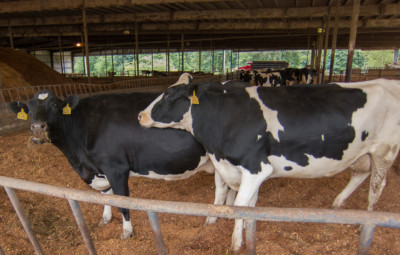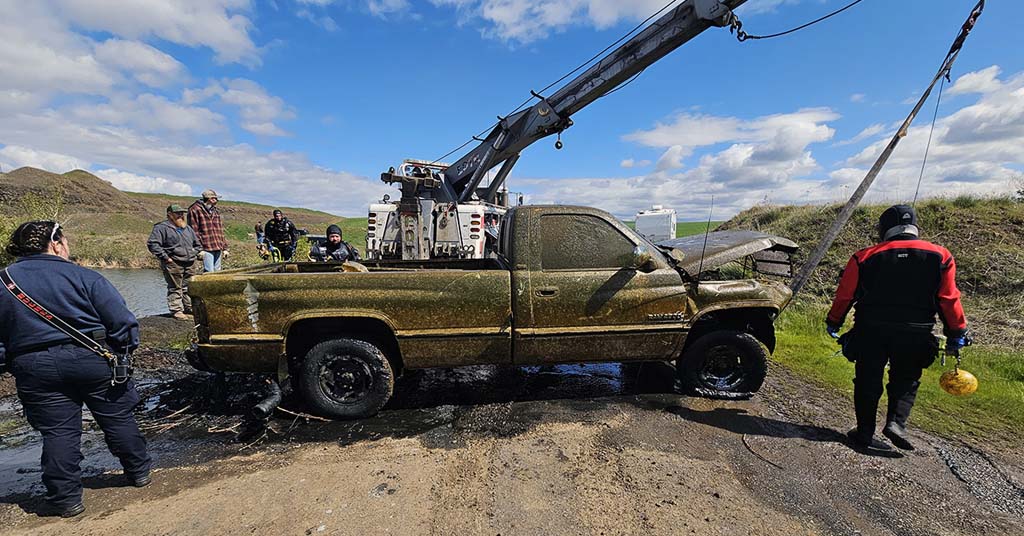By Emily George. Dec. 1, 2014. Growing up in Lynden, Washington, ensured that I spent most of my childhood nearly immune to the smell of dairy farms. Cow manure permeated the air throughout the entire town; anyone who couldn’t develop a resistance was doomed to rank misery. I did what children do, and adapted. The cow pies became part of the background scenery, only noticeable when the frozen dung bruised my bottom during the slippery parts of winter.
 To my nose’s disappointment, I lost that particular skill after moving to the Gorge. Now, when I visit Lynden (or any other dairy community), I smell what any visitor would smell: thousands of pounds of poop.
To my nose’s disappointment, I lost that particular skill after moving to the Gorge. Now, when I visit Lynden (or any other dairy community), I smell what any visitor would smell: thousands of pounds of poop.
It’s a mind-boggling amount of manure, far too much to throw into a compost bin. Because of this overwhelming quantity of dung, dairy farms face the same problem faced by all human communities: what to do with waste. Animal waste fills our sewage facilities and farm lagoons; trash waste fills our landfills, basements, and garages. It’s not difficult to imagine a WALL-E-esque future in which the world is overrun with human waste.
We live in a society that can split atoms, where everyone has cell phones that make the science-fiction Star Trek communicators look passe and sleek electric cars and solar panels give us hopeful images of alternative energy. Yet our households, our farms, and our factories still produce an embarrassment of waste.
Many facilities are looking to a much older bit of science to deal with this waste: anaerobic digestion, the breakdown of organic material into a burnable gas. In the coming months, Envirogorge will publish a series of stories on this lesser-known source of alternative energy.
Several facilities in the gorge area utilize anaerobic digesters, and we plan to explore their use at the Finley Buttes Landfill, the Roosevelt Regional Landfill, and Threemile Canyon Dairy Farm. We will be examining how effective they are as a source of alternative energy, as a cleanup strategy for very messy industries, and as a long-term money saver for all parties involved.











Great informative article and great cow photo….love the title…..snooping into poop!